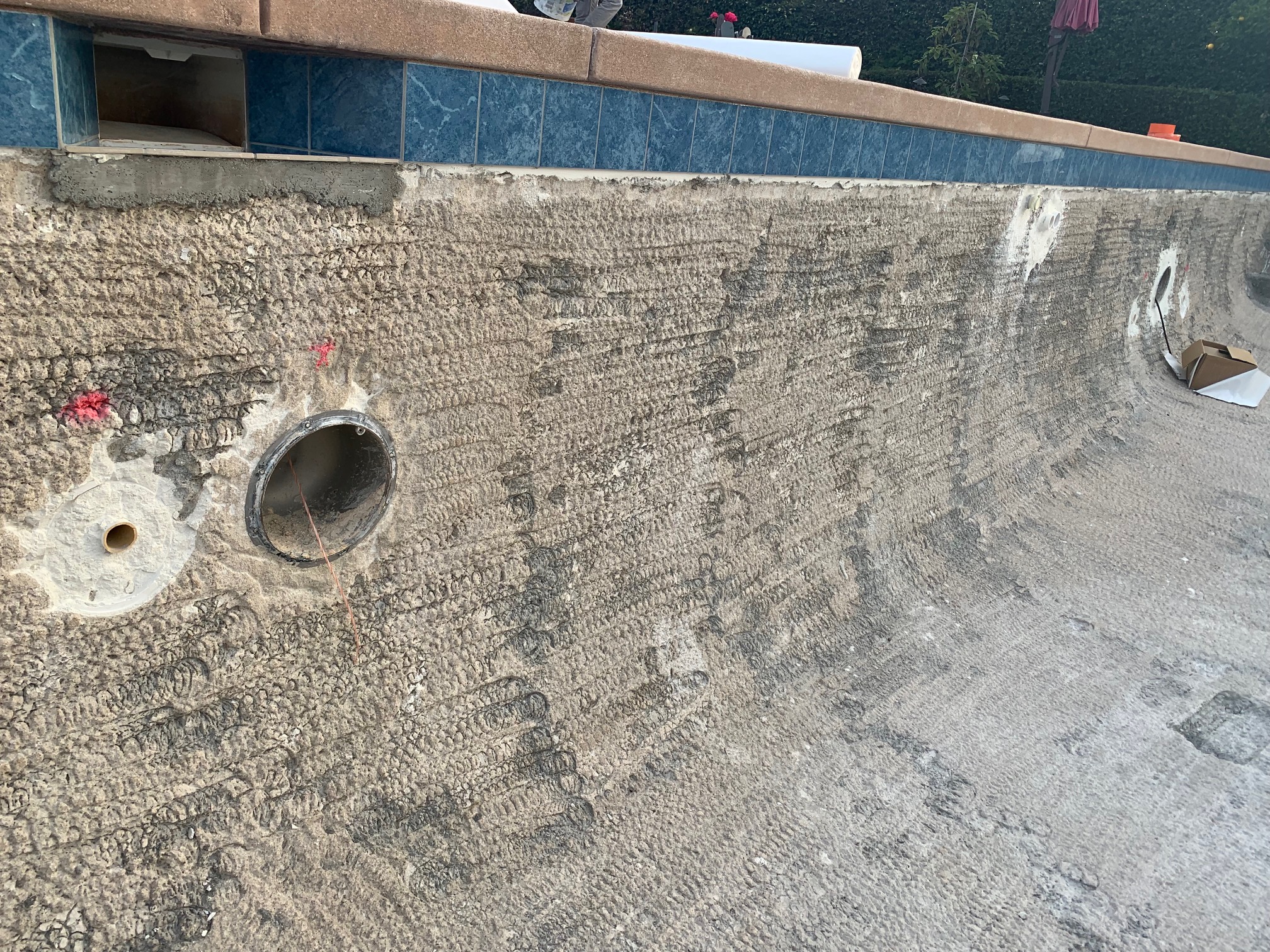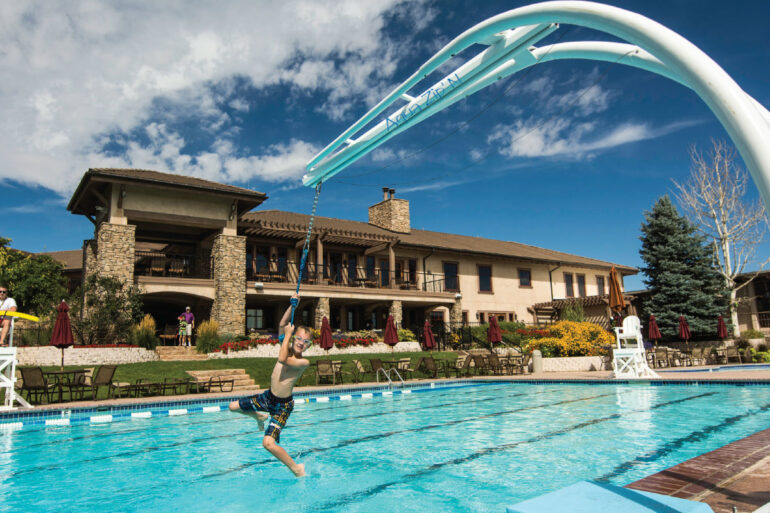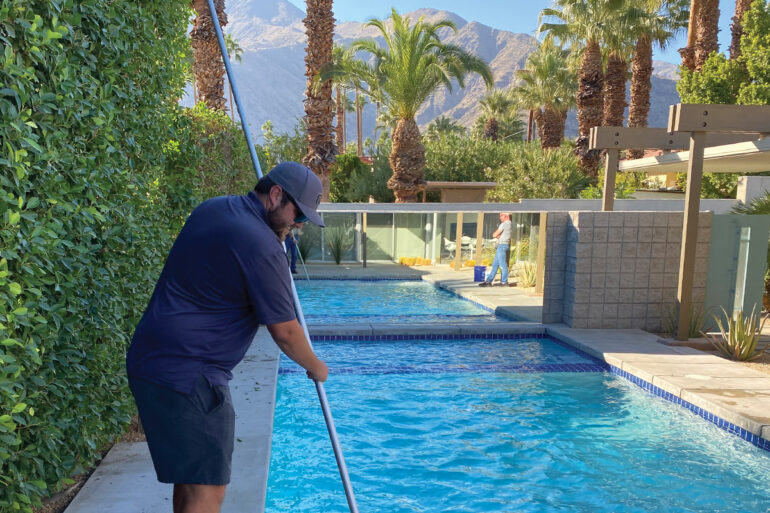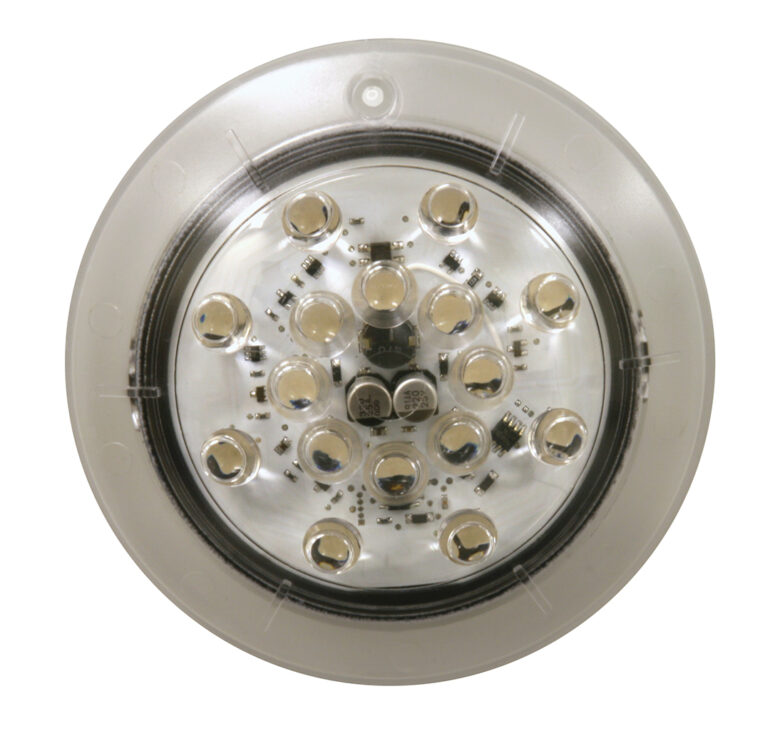Blast Off

Why hydroblasting may be the way to go
Can hydroblasting equipment get you through a pool remodel faster? It depends on who you ask.
NLB Corp., a manufacturer of industrial, high-powered water blasting equipment, lists efficiency as its No. 1 reason pools should be stripped with this method, stating it strips up to 2,000 square feet per hour. For perspective, that looks like knocking out this phase of a remodel on a 20-foot by 36-foot pool in four hours. NLB also lists reduced cost and less manpower in its top three reasons, compared to alternative methods like sandblasting or jackhammering.
Coronado’s Pool Renovations in Telford, Pennsylvania, advertises water blasting on its website — also called hydroblasting or water jetting — and states that when it comes to removing old paint or finish, it’s “one of the fastest and safest ways to accomplish it.” The method, along with sandblasting and jackhammering, is also one of three ways approved by the National Plasterers Council to remove old pool plaster.
Hydroblasting sprays a stream of water at 40,000 PSI, which easily removes plaster, epoxies, anti-slip surfaces and other finishes and tears into tough-to-reach corners. The final result, according to NLB Corp., is a surface prepped for its next phase of remodeling without doing extra damage to the pool’s structure or shell.
However, Scott Raze, CEO of Alan Smith Pools in Orange, California, says the time-saving aspect hasn’t been a factor since the company began using hydroblasting equipment in 2011.
While there is less material involved, the amount of time spent on a project remains similar, he says. The cost of purchasing a machine coupled with the time to train employees to handle the equipment also makes for a big, up-front investment.
“It’s not a time saver,” Raze says. “The biggest reason we did it was for the shell trauma.”
Raze says a good crew could probably hand strip a pool faster than hydroblasting, but ultimately, it was the outcome that mattered most when they made the switch. Raze says one of the benefits of hydroblasting is the peace of mind that comes with knowing there isn’t the same potential for accidental damage.
“If you’re a small operator, you probably wouldn’t invest that money and it’d be less expensive just to hand strip it, but then you’re opening yourself up to a lawsuit,” he says, recalling one job where there were preexisting issues with the pool, but because they had used jackhammers to strip it, they couldn’t prove they hadn’t caused the damage.
“We ended up shooting a whole new shell for them at our own expense,” he explains. “That prompted us into what we do now.”
Long-term liability is what Raze and his team have in mind; he recommends pool pros make the switch if they have time and are willing to invest.
Jeff Smith, director of sales and marketing for Alan Smith Pools, echoes this stance, reiterating that while it may not always be faster, it’s the other features of this method that set it apart.
“It’s expensive to do, and it’s a lot of training, but it leaves a better final product for the homeowner,” Smith says. “And at the end of the day, that’s one of the big reasons why we do it — because we always want to be doing what’s the best final product.”
It’s expensive to do, and it’s a lot of training, but it leaves a better final product for the homeowner. And at the end of the day, that’s one of the big reasons why we do it — because we always want to be doing what’s the best final product.”
Jeff Smith, Alan Smith Pools
Smith compares choosing the hydroblasting method to someone choosing a surgeon.
“There’s a better way of performing the surgery, and there’s an old-school way of doing it,” he says, improvising dialogue back and forth between a patient and a LASIK eye surgeon. “Well, I like that accurate $50,000 machine that has a computer, versus your steady hand, sir,” Smith quips. “You’re probably pretty good at it, and it works, but if there’s a better way, let’s do it, you know?”
In addition to better surface prep, health and safety are also key reasons why pool pros may consider going the hydroblasting route.
Methods like jackhammering and sandblasting can send plumes of silica and other debris into the air, putting workers and anyone in close range to the construction project at risk of experiencing fatal respiratory diseases like silicosis. “Anytime you have a demolition process or removal of a finish, any of the particulate matter that is in the mix is going to be released to the atmosphere,” explains Kent Westfall of the National Plasterers Council.
According to NLB Corp., hydroblasting is eco-friendly and literally puts a damper on airborne pollution and environmental issues by suppressing the dust with water, creating a slurry mixture that’s easy to clean up afterward.
While requirements for pool plaster removal may vary by state and region, the CDC recommends using containment methods like blast-cleaning machines, wet drilling or wet sawing to help control dust hazards and protect workers from silica and lead exposure.
Though hydroblasting may be a safer option in terms of airborne pollution, Westfall reminds pros that safety gear should be used when operating the equipment, including steel leg protectors, steel-toed boots, respirators, safety glasses, face shields and hearing protection.





